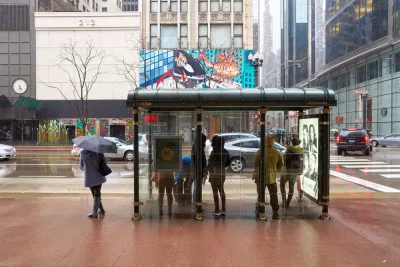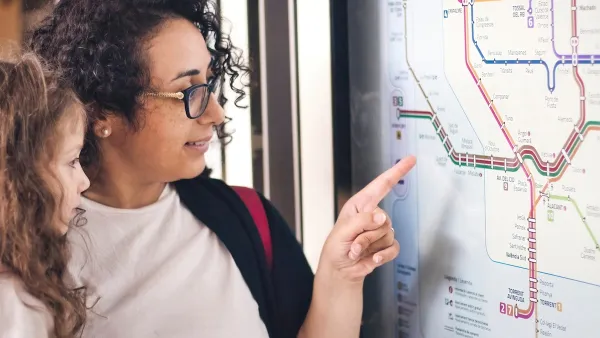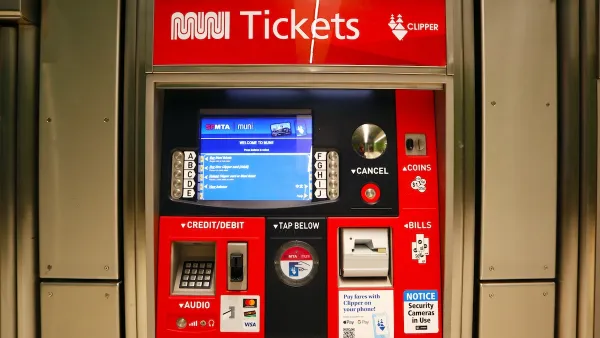Transit agencies use complex models to predict future ridership, but these have not yet caught up with the still-changing post-pandemic travel needs of transit users.

With post-pandemic travel patterns still in flux, predicting transit ridership is becoming more challenging than ever, writes Jared Brey in Governing.
Despite the growth of sophisticated modeling methods in recent years, the most that many transit agencies can say at this point is that “The future is either going to be very bleak, surprisingly OK, or, in all likelihood, an unpredictable mixture of the two.” Brey explains that “Transit agencies try to predict future ridership for all types of scenarios — not just when making their yearly budgets but also when considering the impact of service changes or fare increases, and when applying for funding to build out new bus and train lines.” Now, agencies must collect new data to understand how the needs of transit users are changing.
Brey points out that even though ridership projections are used in federal grantmaking, “projections made in decades past have often proven to be wildly off-base.” More recently, agencies receiving New Starts federal grants are required to provide before-and-after studies to assess the accuracy of their projections.
Carole Turley Voulgaris, an assistant professor of urban planning at the Harvard Graduate School of Design, notes that “In some ways, the roughly sketched scenarios that many transit agencies are projecting in their budget documents have an advantage over highly complex processes that are used to generate a single prediction of the most likely future scenario.” With so much uncertainty still looming, understanding the range of possible scenarios can help agencies plan more effectively for a variety of future situations.
FULL STORY: Predicting Future Transit Ridership Is Trickier Than Ever

Planetizen Federal Action Tracker
A weekly monitor of how Trump’s orders and actions are impacting planners and planning in America.

Vehicle-related Deaths Drop 29% in Richmond, VA
The seventh year of the city's Vision Zero strategy also cut the number of people killed in alcohol-related crashes by half.

Can We Please Give Communities the Design They Deserve?
Often an afterthought, graphic design impacts everything from how we navigate a city to how we feel about it. One designer argues: the people deserve better.

Southern Californians Survey Trees for Destructive Oak Pest
Hundreds of volunteers across five counties participated in the first Goldspotted Oak Borer Blitz, surveying oak trees for signs of the invasive beetle and contributing valuable data to help protect Southern California’s native woodlands.

Opinion: How Geothermal HVAC Lowers Costs, Improves Grid Resilience
Geothermal heating and cooling systems can reduce energy costs and dramatically improve efficiency.

Tenant Screening: A Billion-Dollar Industry with Little Oversight. What’s Being Done to Protect Renters?
Reports show that the data tenant screening companies use is often riddled with errors and relies on information that has no bearing on whether someone will be a good tenant.
Urban Design for Planners 1: Software Tools
This six-course series explores essential urban design concepts using open source software and equips planners with the tools they need to participate fully in the urban design process.
Planning for Universal Design
Learn the tools for implementing Universal Design in planning regulations.
Borough of Carlisle
Smith Gee Studio
City of Camden Redevelopment Agency
City of Astoria
Transportation Research & Education Center (TREC) at Portland State University
City of Camden Redevelopment Agency
Municipality of Princeton (NJ)





























